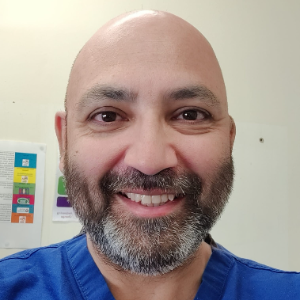Traction
Traction is a therapeutic technique used in physical therapy and rehabilitation to alleviate musculoskeletal pain and dysfunction by applying a controlled pulling force to specific parts of the body. This technique, which can be applied manually or mechanically, aims to decompress joints, reduce pressure on nerves, and promote proper alignment of the spine or other skeletal structures. Traction is commonly utilized in the management of conditions such as herniated discs, degenerative disc disease, spinal stenosis, and certain joint and nerve-related issues. One form of traction is spinal traction, which involves stretching the spine to create space between the vertebrae. This can be achieved through manual techniques performed by a physical therapist or by using mechanical devices such as traction tables or inversion tables. During spinal traction, the force applied can be axial (pulling along the length of the spine) or distraction (pulling apart the vertebrae). This controlled stretching aims to relieve pressure on spinal discs, reduce nerve compression, and improve circulation to the affected area. In addition to spinal traction, traction can be applied to other joints and body parts. For example, cervical traction is often used to address neck pain and cervical spine issues. Traction may also be applied to the extremities, such as the ankle or knee, to reduce pressure on joints and facilitate healing in cases of certain injuries or conditions. The choice of traction method and force is determined based on the specific diagnosis, symptoms, and the individual's response to the treatment.

Stephen S Tower
University of Alaska Anchorage, United States
Marcos Brioschi
American Academy of Thermology, United States
Wagih El Masri
Keele University, United Kingdom
Arif Akkok
Lake Erie College of Osteopathic Medicine, United States
Akash Ganguly
Warrington and Halton Hospitals NHS FT, United Kingdom
Sajid Ali
The Dudley Group NHS Foundation Trust, United Kingdom




Title : The UK profemur recall and implant cobaltism
Stephen S Tower, University of Alaska Anchorage, United States
Title : The tomographic phenotype and the genotype of wormain bones
Ali Al Kaissi, National Ilizarov Medical Research Center for Traumatology and Orthopaedics, Russian Federation
Title : New treatment of muscle contracture and joint contracture through muscle regeneration with mitochondrial dynamics
Ki Ji Lee, Busan Medical University, Korea, Republic of
Title : New treatment of sarcopenia through muscle regeneration with mitochondrial dynamics
Ki Ji Lee, Busan Medical University, Korea, Republic of
Title : The prevalence and association of self-reported depression symptoms with musculoskeletal pain and quality of life among pregnant women
Youssef Masharawi, Tel Aviv University, Israel
Title : Bipolar hemiarthroplasty under local anesthesia (2%)
Ketan Karabhai Parmar, Aayush Multispecialty Hospital, India